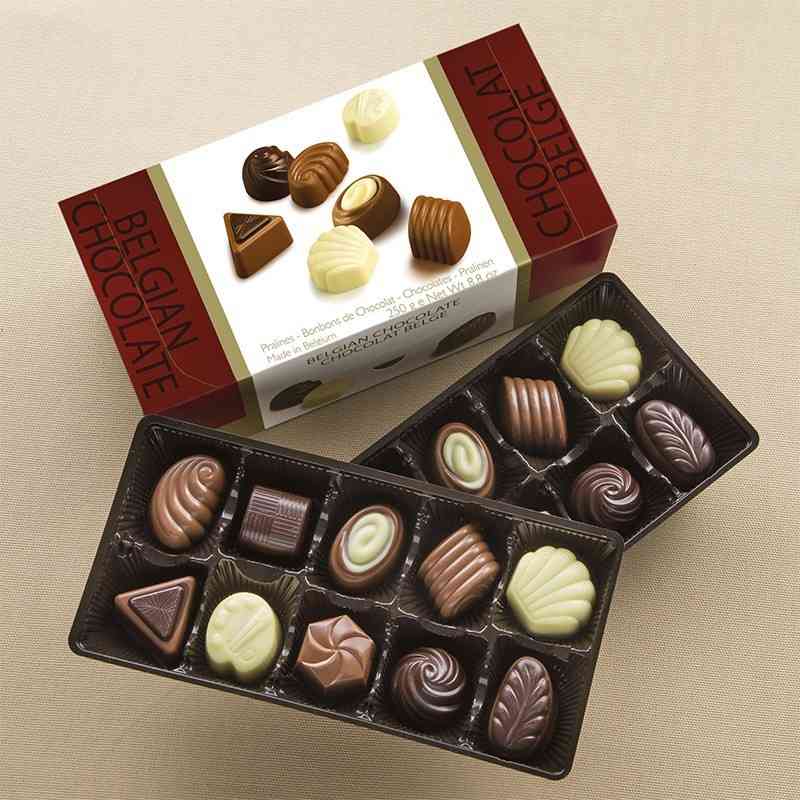
Michael Walker (1992: 9), in his survey of film noir, describes two broad categories of crime fiction. Merci pour le chocolat does this in two ways: first, it allows perception of and agreement with aspects of the killer’s point of view second, it uses the setting to reveal the range of possible causes of the killer’s actions and the social conditions in which these causes developed. This is true of much crime fiction, whether novels, films or television programmes, but, as in several of his previous films, Chabrol brings to the adaptation of The Chocolate Cobweb an element of what Austin calls “class war” (1999: 83) and Lee Horsley categorises as “socio-political critique”. As Guy Austin notes, the crime thriller “allows him to engage the spectator via the plot, and then explore the complexities of character, morality, society and politics within an accessible and satisfying framework” (1999: 4). The Chabrol thriller draws on many conventions of the crime genre. It argues that Chabrol absorbs genre conventions and acknowledges influences, while using his established rhetorical strategies to create a distinctive tone of unease, and it considers the benefits of his combination of crime genre conventions with a style that introduces ambiguities and ellipses. Keeping in mind these connections between novel and film, genre and director, this essay discusses the relationship between themes, motifs and style in Merci pour le chocolat. Therefore, what looks like Chabrol acknowledging Hitchcock’s influence is more complex. Hitchcock never made a feature film from Armstrong’s novels, but he met her in the summer of 1950 to discuss working together and she later wrote four scripts for Hitchcock’s television shows. Furthermore, in 1946, while Armstrong was writing The Chocolate Cobweb in Los Angeles Notorious was released in the same year, Warner brothers were adapting her first suspense novel, The Unsuspected, into a film starring Claude Rains. When Armstrong moved to Los Angeles in the mid-1940s, her novels changed from mystery stories to suspense stories, more like the Hitchcock thriller or the Hollywood film noir, where we know the identity of the killer in advance.


Charlotte Armstrong’s biographer suggests that Hitchcock’s films may have inspired Armstrong when she was writing the source novel The Chocolate Cobweb (1948), in California in 19.

However, Merci pour le chocolat does more than just re-use a Hitchcockian device it exhibits a network of inheritances, including references to genre conventions, allusions to influences and acknowledgements of inspirations. The impact of Hitchcock’s work on that of Claude Chabrol is well known and when Merci pour le chocolat was released in 2000, some critics commented on what they saw as Hitchcock’s influence, referring to Notorious (1946) and Suspicion (1941).


 0 kommentar(er)
0 kommentar(er)
